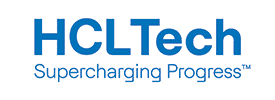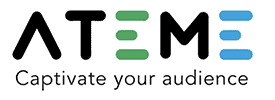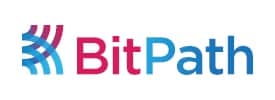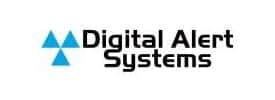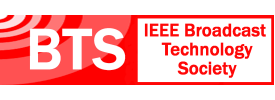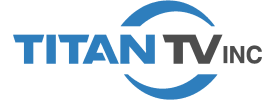- About
- Members
- Sponsors
- Subcommittees
- Technical Documents
- News
- Events
- Spotlight ATSC 3.0
- Contact Us
- Member Login
- Member Meetings
- Advanced Search
Search Site
Member Links
- About
- Members
- Sponsors
- Subcommittees
- Technical Documents
- News
- Events
- Spotlight ATSC 3.0
- Contact Us
- Member Login
- Member Meetings
- Advanced Search
From Evoca to STIRR to VUit, How Broadcasters Are Tapping into ATSC 3.0
Posted on September 15, 2020 in ATSC News
The broadcast industry has been eagerly awaiting the rollout of ATSC 3.0, precisely because the next-gen technology standard empowers TV stations to do things TV stations aren’t known for doing. And finally, we’re seeing new companies and ventures delivering real-world applications that use ATSC 3.0 and other technologies in clever and possibly transformational ways.
Startup company Evoca, for instance, has taken over the digital spectrum of two low-power stations in Boise, Idaho, to provide more than 70 over-the-air channels of high-resolution subscription programming. It’s a virtual MVPD. But instead of relying solely on the internet to delivery video, Evoca mostly uses the ATSC 3.0 over-the-air broadcast standard.
Though Evoca has been broadcasting since last year, the service just launched an “early access” program for a limited number of Boise residents, with plans to expand to the entire city later in the year, said Todd Achilles, CEO and co-founder of parent company Edge Networks.
Posted in ATSC News
News Categories
News Archives
Subscribe
Subscribe to The Standard, our monthly newsletter. Learn More
Join ATSC
ATSC is a membership organization with both voting and observer categories. Voting members include corporations, nonprofit organizations, and government entities, and they participate actively in the work of ATSC. Observers are individuals or entities not eligible to be a voting member.
Subscribe to our Newsletter
Subscribe to The Standard, our monthly newsletter, to stay up-to-date with ATSC news and events around the world.
Site Links
Contact Us
ATSC
1300 I Street NW, Suite 400E
Washington, DC 20005 USA
Do you have questions about ATSC?
About ATSC
ATSC, the Broadcast Standards Association, is an international, non-profit organization developing voluntary standards and recommended practices for digital terrestrial broadcasting. Serving as an essential force in the broadcasting industry, ATSC guides the seamless integration of broadcast and telecom standards to drive the industry forward. Currently, the ATSC 3.0 Standard is providing the best possible solution for expanding the potential of the broadcast spectrum beyond its traditional application to meet changing needs. From conventional television to innovative digital data services, ATSC has one clear goal: to empower the broadcasting ecosystem like never before.
© 2025 ATSC





